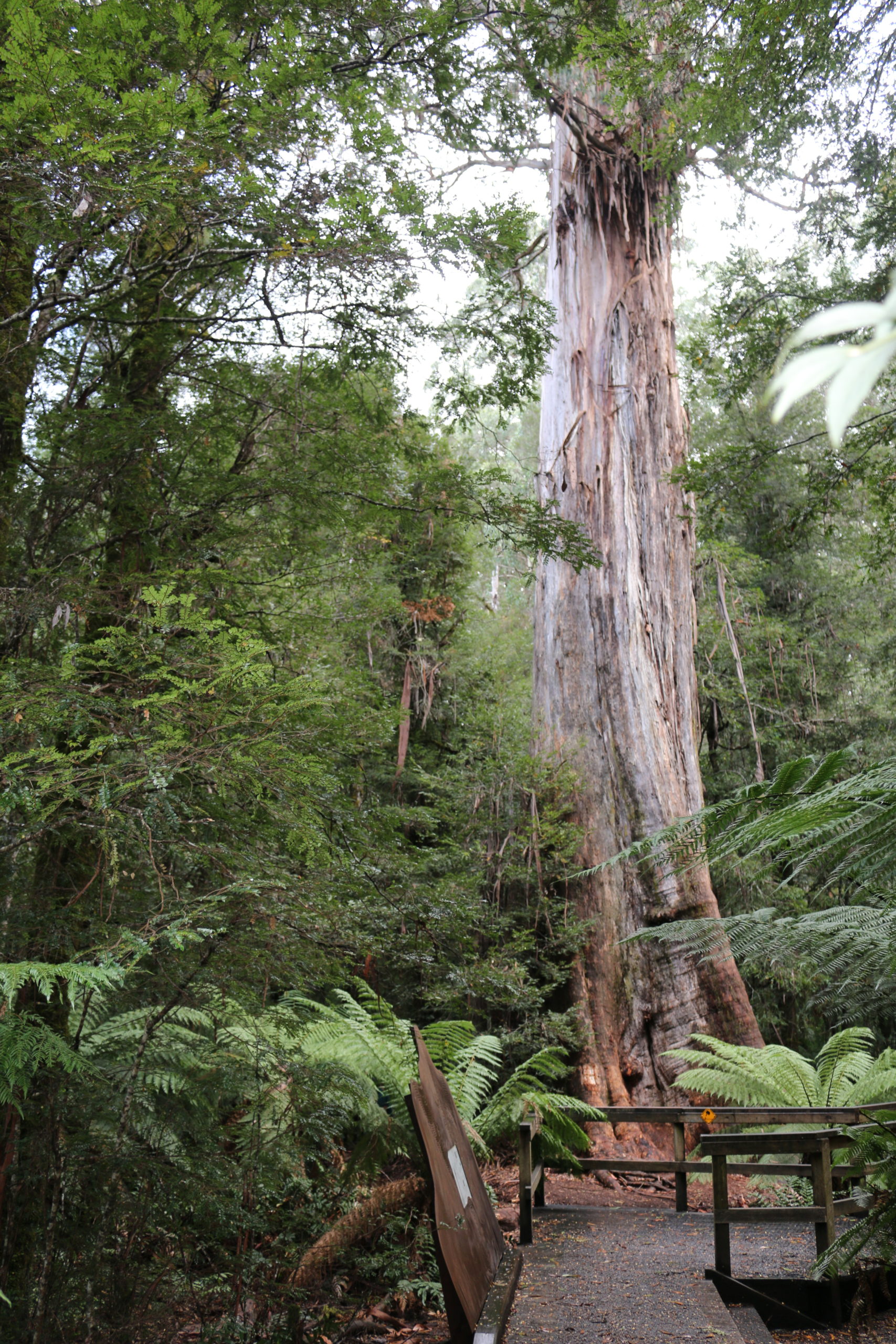Budding Fire Egologist
What an awesome subject. Over the last few months I have been studying Fire Ecology and Management. It has taken me on a journey from ancient Indigenous fire practices, through the impacts of European colonisation and onto contemporary fire management. My studies have opened my eyes into the ecological complexities of the Mountain Ash Forests of South Eastern Australia and its relationship with fire. It has provided me context relating to the catastrophic fires of Black Saturday 2009 and Black Summer fires of 2019/2020 and what lessons can be taken out of it. Visiting the Wet sclerophyll forests of the Yarra State forest and the Toorourrong Reservoir Park enabled me to experience first hand the grandeur of the Giant Mountain Ash, was a real highlight of my studies.


Fire has shaped Australia for thousands of years1. Many native plants and animals have evolved to survive fire and depend on it2. There is an abundance of evidence that fire has shaped the western desert of Western Australia3. Grassland/Rainforests of northwest Tasmania showed that rainforests were burnt to diversify indigenous resources4. And there are detailed accounts for temperate grasslands of Victoria, utilising burns by traditional owners, to maintain hunter-gathering grounds5. Since European arrival, fire practices used by Indigenous Australians has been disastrously altered, because first nations people, were removed from the landscape. With such a rich history of fire in Australia, it is important to understand and learn from pre-European fire and post-European fire regimes, to develop Contemporary cultural fire management. Especially in the context of preventing catastrophic bushfires events1.
The Mountain Ash forest of South Eastern Australia, is one such ecosystem that has evolved to depend on fire. It is crucial to ensure the survival of these forests. Not only are they the most carbon-dense forest on earth. Dominated by the Mountain Ash (Eucalyptus regnans) tree, it is the tallest flowering plant in the world. Some trees of 100m tall having been documented6. These giant ash trees are estimated to live for 350-450 years7. The Mountain Ash provide protection for our water catchments. Supplying 80% of Melbourne’s water.
These forests are highly valued for recreation activities, such as bushwalking, bird watching, and major tourist attractions8. Mountain Ash is highly valued in the timber industry for its beautiful blonde hardwood timber with little or no defects.
Fire is essential for the regeneration, because it clears the understorey enabling seeds to germinate and grow. Without fire these forests would be lost after 500 years9.
Mega bushfire events across Australia are not a new phenomenon, having been recorded in 1926, 1939, 2003, 20096 and now 2019/2020. These megafires have shown what devastation can be caused to both human and animal life. But the frequency of these fires can also have devastating effects on the survival of these important ecosystems. if fires are too frequent, dominant trees may not reach maturity to produce seed. The Mountain Ash takes 20 years before it reaches maturity to reproduce seed. If not properly managed these magnificent forests could be lost forever.





Refer to my video below for more information on Fire Management and the role land tenures can have on Megafires.

References
1 Ross, M., Quince, A. (2020). The history of fire in Australia — and how it can help us face the bushfires of the future. Retrieved from https://www.abc.net.au/news/2020-02-10/fires-bushfires-in-australia-history-lessons-for-future/11937652
2 Government, A. (2022). Fire regimes that cause biodiversity decline. Retrieved from https://view.officeapps.live.com/op/view.aspx?src=https%3A%2F%2Fwww.awe.gov.au%2Fsites%2Fdefault%2Ffiles%2Fdocuments%2Ffire-regimes-that-cause-biodiversity-decline-ktp.docx&wdOrigin=BROWSELINK
3 Richards, J. (2016). Martu people preserve bilby population with traditional knowledge. Retrieved from https://www.australiangeographic.com.au/topics/science-environment/2016/07/martu-people-preserve-bilby-population-with-traditional-knowledge/
4 Gammage, B. (2008). Plain facts: Tasmania under aboriginal management. Landscape Research, 33(2), 241-254.
5 Foreman, P. W. (2016). A framework for testing the influence of Aboriginal burning on grassy ecosystems in lowland, mesic south–eastern Australia. Australian Journal of Botany, 64, 626-642.
6 Burns, E. L., Lindenmayer, D. B., Stein, J., Blanchard, W., McBurney, L., Blair, D., Banks, S. C. (2015). Ecosystem assessment of mountain ash forest in the Central Highlands of Victoria, south-eastern Australia. Austral ecology, 40(4), 386–399.
7 VicForest (2022). Products. Retrieved from https://www.vicforests.com.au/sales-and-supply/customers-and-products/products-1
8 Tasmania Parks and Wildlife Services. (2019). Giant Ash. Retrieved from https://parks.tas.gov.au/discovery-and-learning/plants/giant-ash
9 National Heritage Trust. (2005). Australia’s forests. Retrieved from https://www.awe.gov.au/sites/default/files/abares/forestsaustralia/publishingimages/forest%20profiles%202005/australias_forests_2005.pdf


